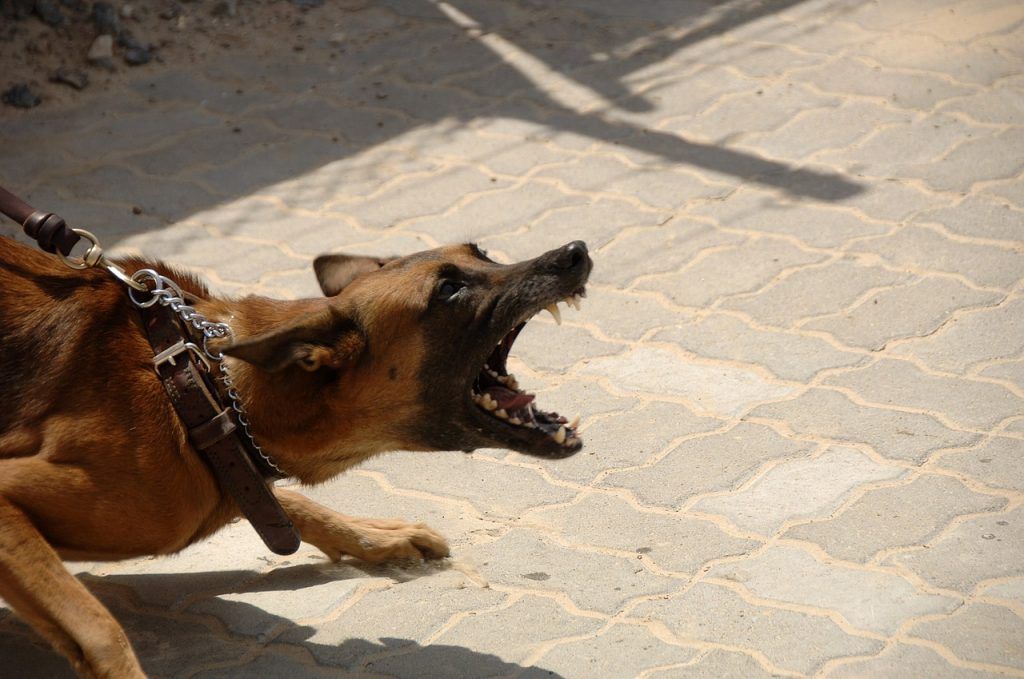The Statistics of Dog Bites and How You Can Protect Yourself

According to records kept by the Centers for Disease Control and Prevention, 4.5 million people were bitten by dogs between the years 2001 to 2003. Every year about 850,000 people receive dog bites that are severe enough for them to seek medical help. A little over 350,000 of these dog bite victims had to go to the emergency room and every year a few dozen people are killed. For example, 35 people were killed in 2015 and 42 people were killed in 2014. Dog bites are the fifth most common reason why children are rushed to emergency rooms.
Most people are bitten by their own dogs or the dogs of people they know, taking place on the property of the dog’s owner, and the victims are usually adults.
Cost
Dog bites cost the U.S. economy about $1 billion every year and experts fear this might be a low estimate. The cost of hospitalization for a dog bite is higher than for most other injuries. A hospital stay for a dog bite is about $18,000, while a stay for another injury is about $12,000. Despite the vast number of people who are bitten by dogs, only about 16,000 dog bite victims or their families are compensated through insurance companies and the average payment is a little less than $30,000.
Number of Incidents and Dogs Most Likely to Bite
Not just the number of incidents, the severity of dog bites has also gone up since the 1980s, as have the amount of dog bites that result in death. The most dangerous dog seems to be the pit bull terrier. They are not only most likely to attack, but their attacks are most likely to result in a human disfigurement or death. Other dogs responsible for many bites are Rottweilers, German shepherds, Akitas, Chow Chows, Alaskan malamutes and Siberian huskies, Presa Canarios, Dobermans, and St. Bernards. However, while any dog can bite, any dog can be a loving, calm, and obedient pet.
Where Dogs Bite and Complications
Dogs are most likely to bite a person on the legs or arms, though a smaller percentage bite the person’s head, neck, or body. Complications of dog attacks include infections, broken bones, and septicemia.
How to Protect Yourself Against a Dog Bite
The best way to protect against being bitten by a dog is to stay calm. It is true that dogs can “smell” fear, but they can also “smell” confidence. The adage to pretend that one is a tree is good advice. Stand perfectly still with the arms at the sides, and do not make eye contact with the dog. Eye contact may be interpreted by the dog as aggression. Furthermore, don’t scream or run away, for this triggers the dog’s hunting instincts, even if it is trying to be playful. In the meantime, keep track of the animal from the corner of the eye.
Distraction
If the dog is still threatening, give it something to bite, such as a piece of clothing, a toy, or water bottle. Some people who know they are walking through a neighborhood with an aggressive dog carry treats to throw to them. While the dog is busy with the food or object, it can give you time to get away. If you have nothing to throw, stand your ground, avoid eye contact, and say, “go home!” in a loud, purposeful, strong voice. The words should not be screamed, as that might make a dog confident enough to lunge.
Self-Defense Tactics
When nothing works and the dog attacks, you should fight. This might mean that you could hurt or kill the dog. If this happens, the person should call the police, and get in contact with the dog’s owner (if it has one). If the attack knocks you to the ground, curl up and protect your face and throat. You can also roll onto your stomach, pull your knees to your chest, and bring your fists up to protect your ears. Again, do not scream or try to crawl away.
Most dogs, even those with a bad reputation, are peaceable and the ones who are more aggressive than usual can be dissuaded from attack, if the object of their interest stays calm and resolute.
For more information about dog bites and the law, contact Ahlander Injury Law.
The post The Statistics of Dog Bites and How You Can Protect Yourself appeared first on Ahlander Injury Law.





